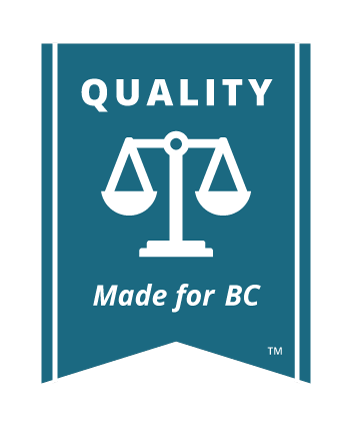1.5 If the appellant applies for leave to appeal
Follow these steps if the appellant applies for leave to appeal
If the appellant is applying for leave to appeal, they must serve you with a notice of the application (Form 4). Service of the application must be not more than 30 days after the order appealed from is pronounced (i.e., from the date that the decision-maker stated who won the case). If that date falls on a weekend, the deadline is the next business day.

Find the Form
Follow these steps if you intend to oppose the appellant’s application for leave to appeal:
- Not more than 10 days after being served the notice of appeal, file a notice of appearance (Form 2) and serve a copy of the filed notice on the appellant. If you do not file a notice of appearance, you are presumed to take no position on the appellant’s application. In other words, the court will assume you do not care what happens at the appellant’s application for leave to appeal and, until you file a notice of appearance, the appellant does not have to serve you with any further documents relating to the application (See Rule 7).
- If you intend to participate at the hearing of the leave to appeal application and have filed a notice of appearance, the appellant will serve you with a copy of their filed notice of application (Form 4) and an application book. You must be served at least 10 business days before the application is to be heard.
- At least 5 business days before the application for leave to appeal is heard, you must file and serve a filed copy of your response book on the appellant (See Rule 14).
- Follow the paper or e-filing completion instructions on preparing response books so you know what it should contain and how it must look.
- The leave application will be heard by a Court of Appeal judge in chambers. The appellant will present reasons why leave should be granted. As the respondent, you will be able to present reasons why leave to appeal should not be granted. After your presentation, the appellant may have an opportunity to reply to your presentation.

Find the Form

Read the Rules
Rule 14 How to respond to an application for leave to appeal
The appellant may be given permission to appeal when the appeal concerns a significant point of law and the appeal has merit. The appellant will not be given permission to appeal if the appeal is frivolous or is brought only to delay enforcement of the trial decision. The factors considered by the chambers judge are:
- The importance of the proposed appeal to the practice (e.g. would the appeal help settle an unsettled area of the law?).
- The importance of the proposed appeal to the action (including the significance of the appeal to the parties).
- The merits of the proposed appeal.
- Whether the proposed appeal would unduly slow or prevent progress in the underlying action.
You can use these factors to organize your argument that the appellant should not be granted permission to appeal.
If the court grants the appellant leave to appeal, the appeal process continues. You cannot appeal from a decision that grants leave to appeal (see s. 29(2)(a) of the Act).
If the appellant is granted leave to appeal (and you did not file a notice of appearance), you must file one now if you intend to participate in the upcoming appeal. They must serve you with the court order granting leave to appeal.
Not more than 10 days after being served with that order, you must:
- File a notice of appearance (Form 2)
- Serve one filed copy of the notice on the appellant
If the appellant does not get leave to appeal, they may apply to a division of three judges to review the decision of the chambers judge. You will be given notice of that application. At this new hearing, the judges may grant leave to appeal (which means that the appeal can continue) or refuse to grant leave (which means that the appeal cannot continue).
If the appellant applies to vary the judge’s order refusing leave to appeal, they must apply not more than 7 days after the order is made. They will serve you with an application, an affidavit, and an application book.
Not more than 7 days after receiving the appellant’s application book, you must prepare a response book.

DIY Tools
Follow the paper or e-filing completion instructions for preparing your response book.
If the appellant missed the deadline for filing the application for leave to appeal
The appellant may apply for an extension of time if they missed the 30-day deadline for filing an application for leave to appeal. This application is usually made at the same time that the appellant is applying for leave to appeal. The appellant will file and serve you with the application documents at least 5 business days before a hearing by a single judge in chambers. If you intend to oppose the appellant’s application, you must respond by filing your own response book at least 2 business days before the application.
You will have an opportunity to appear at the hearing and argue that the appellant should not be given an extension of time.
The judge will normally consider these factors when deciding whether to grant an application for an extension of time:
- Was there a bona fide (genuine) intention to appeal?
- When were the respondents informed of the appellant’s intention to appeal?
- Would the respondents be overly prejudiced by an extension of time?
- Does the appeal have merit?
- Is it in the interests of justice that an extension be granted?
You can use these factors to organize the facts for your affidavit, and your argument about why the court should not give the appellant more time.




